Post
-

Salicylic Acid Benefits & How to Use It the Right Way
In this blog, we’ll explain what salicylic acid does, how it helps different parts of your body, and how you can use it safely.
-

What is Salicylic Acid & How Does It Work?
If you get blackheads or pimples, you’ve probably heard of salicylic acid. But what is it, really? And how does it help?Let’s make it super easy to understand.
-
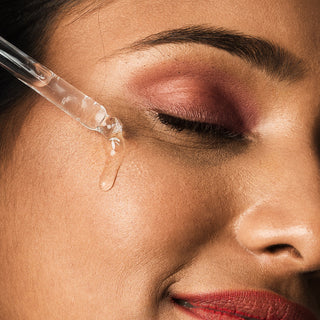
Niacinamide Side Effects, Myths, and Truths: Is It Right for You?
In this blog, we’ll share the real facts about niacinamide, what side effects to watch out for, and how to know if it’s right for you.
-
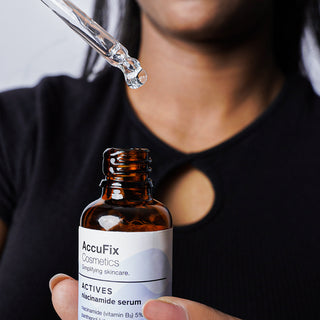
Niacinamide for Skin: Glow, Repair, and Protection
In this blog, we’ll talk about what niacinamide does, why it’s so good for your skin and its benefits, how to use it, and who can use it safely.
-

Niacinamide: What It Is, Where It Comes From, and Why Your Skin Craves It
Let’s talk about niacinamide. Let’s discuss what it is, where it comes from and what makes it so beneficial.
-
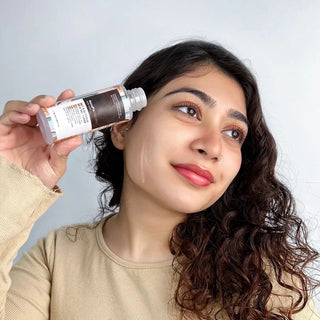
Glycolic Acid: 5 Benefits You Should Know About
In this guide, we’ll break down glycolic acid's benefits, how to use it properly, and what to expect when adding it to your skincare routine.
-

How to Repair Damaged Hair Fast
In this guide, we’ll explore how to repair damaged hair fast with evidence-based treatments, the best damaged hair masks, and expert hair care tips.
-
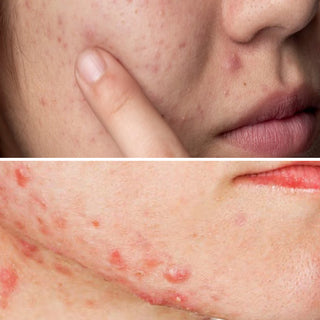
Skin Purging vs. Breakouts: How to Tell the Difference
Learn about skin purging & regular breakouts and how to manage them.
-

How to Choose the Right Cleanser/Face Wash for Your Skin Type
Which Face wash or Cleanser suits on your skin best? Uncover the differences, debunk myths, and find the perfect match for your skincare routine.
-

7 Causes of Hair Loss: The Root Cause of Hair Thinning and Baldness
Learn why hair falls, the causes of extreme hair loss in females and males, and how to prevent hair thinning with the right hair care routine.
-
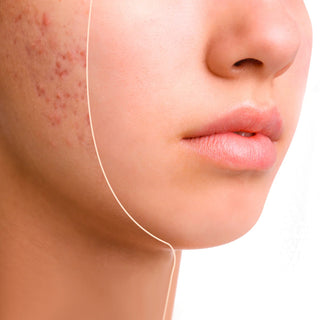
How to Get Rid of Pimples: Prevention & Treatment Guide
Dealing with acne? This guide covers how to prevent and treat pimples effectively with the right skincare routine, lifestyle changes, and expert-recommended products.
-
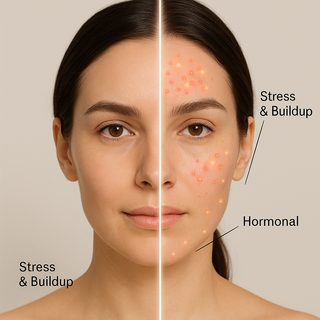
Why Am I Breaking Out? A Guide to Acne on Your Forehead, Cheeks, and Chin
Read difference b/w acne & pimples, the causes behind breakouts.












